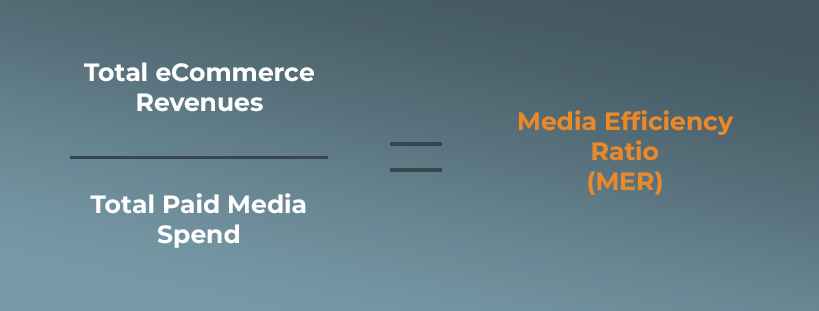In my 25 years of industry experience I have had the opportunity to meet and collaborate with many CFOs for eCommerce companies. In these conversations and collaborations, one topic always comes up. Boiled down, they all say something to the effect of, “I do not trust the data being presented because it does not match my numbers.”
I get it, revenue tracking and attribution models are a big, gigantic mess, with cookie retirement on the horizon and iOS blocking tracking adding to it. How do we overcome this and operate with accurate data that we can trust?
There are 3 main sources of data for an eCommerce company (with purpose):
- Native advertising data (i.e. Google or Facebook) to show results from budget spent
- Analytics data (i.e. Google Analytics) to show website performance with traffic sources
- Shopping cart data (i.e. Shopify, BigCommerce) to show actual revenues from the cart
Native advertising data is to be used for optimization of campaigns, analytics for improving web site operation and shopping cart data for making financial decisions. If we try to make financial decisions with advertising data they tend to be way too conservative because we record ALL costs but only a portion of the resulting revenues. This often triggers an amplification of the originating problems: slowing growth and raising costs. This gets very technical as it has to do with how revenues are poured back into the optimization algorithms.
Analytics data should be used to track high level website performance such as new user sessions, top pages visited, and bounce rates. These pieces of data can tell a story about what content and products are performing and pushing visitors down the funnel into conversions. But it should not be used alone to inform decisions about advertising spend. Not all visitors are equal and not all bounces are bad. Context matters when analyzing website data.
Shopping cart data sits much closer to the business metrics that are important to you as an organization. It shows actual revenues from the cart - both overall and per product. While none of these individual data sets should be used to drive business pivots, we can now start to see how using a blend of these data points can enable smarter, data-driven business decisions.
Cut Through the Noise by Using Media Efficiency Ratio (MER) for eCommerce Growth
The solution is rather simple: cross pollinate the data from advertising (costs are 100% accurate) with revenue data from the shopping cart (close to 100%) to make financial decisions around customer and revenue acquisition. This ratio is the Media Efficiency Ratio (MER) and is the one ratio to rule them all for making business decisions (MER = Total Revenues / Total paid media spend).

The higher the MER, the more efficient the growth.
Talk to a Finch Growth Expert
Using MER mitigates the challenges we face when assessing the impact of paid media:
- Double counting (ex. buyer journey involving more that 1 marketplace, i.e. Google Search, retargeted through a Facebook campaign, and then converting through an organic search)
- Cookie blockers
- iOS blocking
- Random revenue tracking errors
With data you can trust and a working collaboration with the marketing team and/or agency, the decision-making becomes a lot more straightforward as control is gained and predictability is increased. As long as the MER is inside the agreed upon target (and you have products available to sell), the marketing team and/or agency should have open budgets to drive more profitable business through paid media.
There are of course other metrics/KPIs that are useful to measure for the CFO/CEO, such as:
- Customer Acquisition Cost (CAC)
- Life Time Value of customer (LTV)
- Brand equity (effectiveness of eCommerce operations measured in repeating visitors)
The above is important in a bull economy, but absolutely critical in a challenging economy. Having data everyone trusts is essential to all marketing and CFOs to compete effectively in an utterly complex environment with too much conflicting data available.






